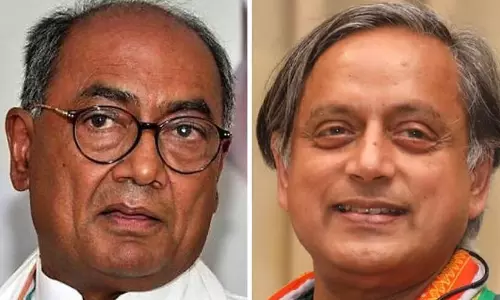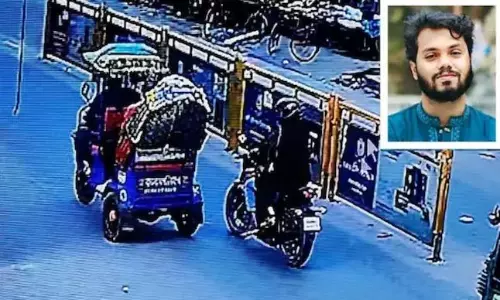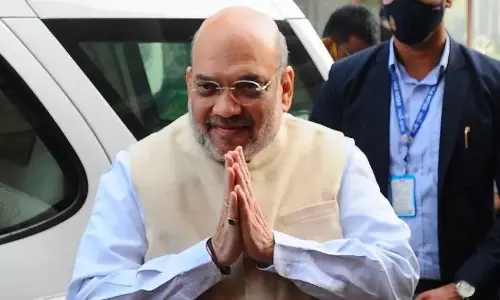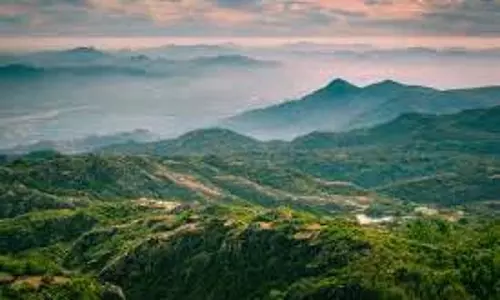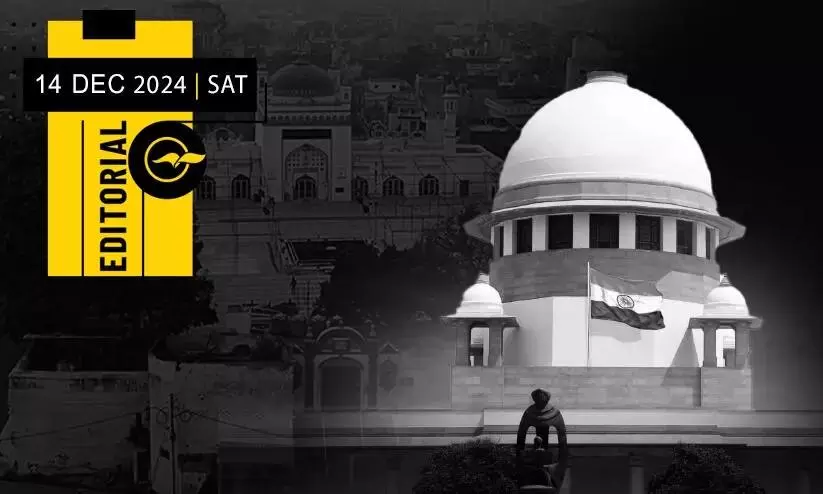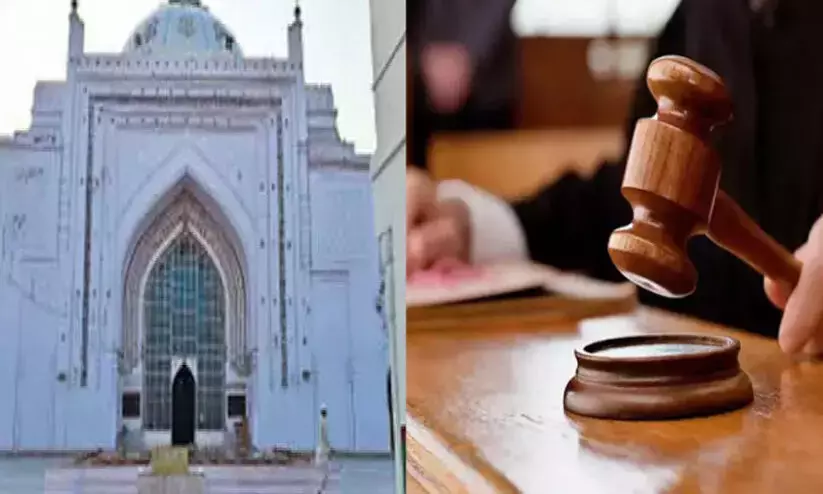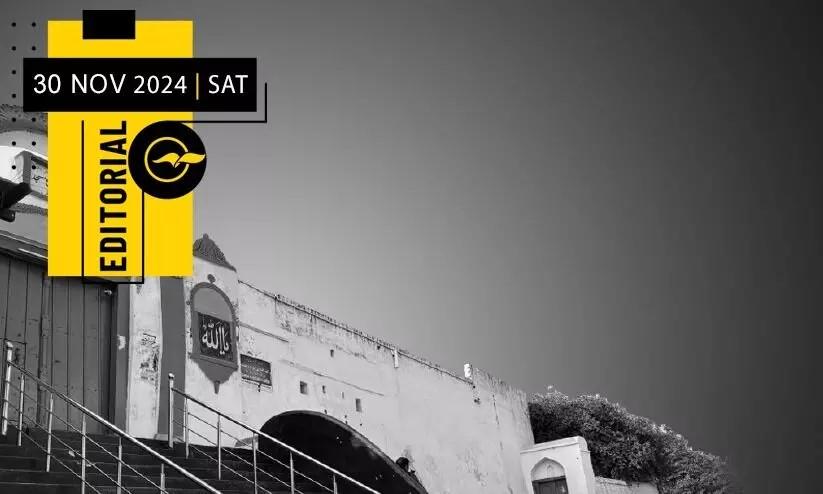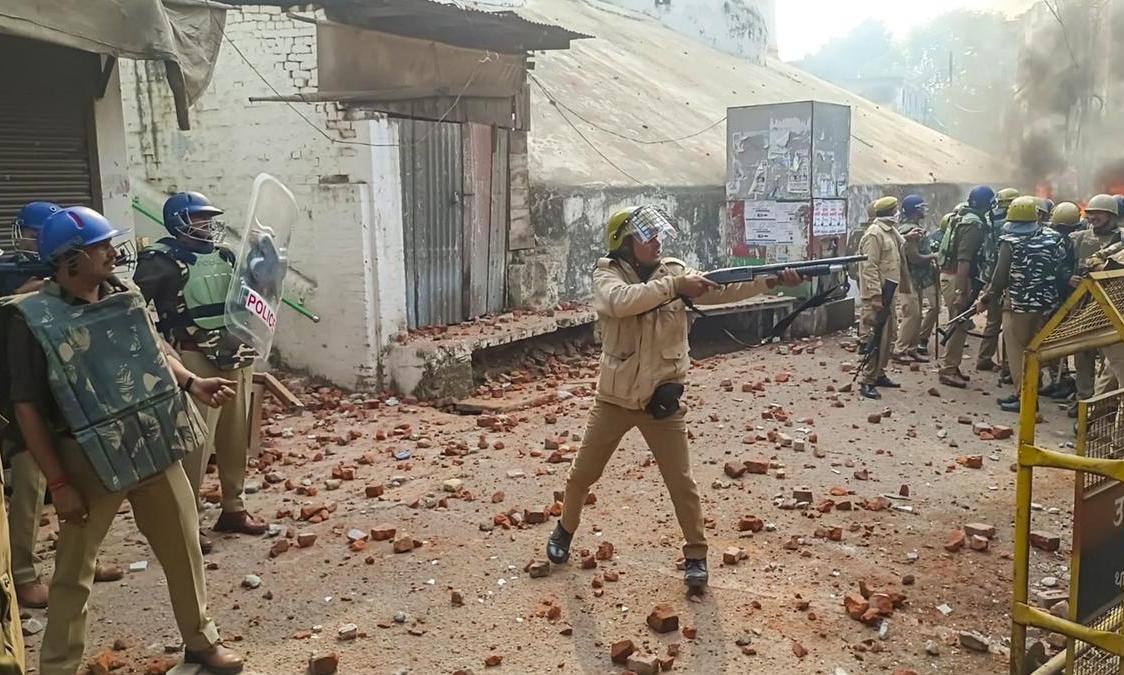
When the Supreme Court intervenes in the Places of Worship Act
text_fieldsThe Supreme Court's interim order on the Places of Worship Act has dealt a temporary setback to the Sangh Parivar's attempts to spread fear and schisms in the country by claiming rights over historically significant mosques and dargahs. The apex court has directed lower courts not to entertain new petitions challenging the ownership of Muslim places of worship and has also prohibited surveys in ongoing cases or in fresh cases. Chief Justice Sanjeev Khanna's bench has decided to examine the validity of the Places of Worship Act, effectively halting temporarily all ongoing legal proceedings related to this matter. Petitions filed by BJP leaders and other Hindutava groups, claiming that places of worship like the Gyanvapi Mosque in Varanasi, Shahi Eidgah in Mathura, Shahi Jama Masjid in Sambhal, and the Ajmer Dargah were originally Hindu temples that were demolished and converted into mosques by Mughal emperors, were pending in various courts. In some cases, the Archaeological Survey of India (ASI) has even conducted surveys. These petitions were part of a concerted effort, backed by the government, to 'reclaim' places of worship and restore Hindu pride. The Supreme Court's interim order, recognizing the potential for conflict, has temporarily stalled these proceedings. Until the Supreme Court delivers its final verdict, there is reason for relief.
In the 1980s, when senior Sangh Parivar leaders like L.K. Advani instigated highly divisive campaigns and legal battles related to the Babri Masjid issue, pushing the country into severe communal clashes, the Narasimha Rao government introduced the Places of Worship Act in 1991. 1 Even then, organizations like the VHP had openly declared that Ayodhya and Babri Masjid were just a prelude and that Gyanvapi and Shahi Eidgah would be captured in the same manner. Therefore, the Places of Worship Act was a strategically important intervention to prevent the loss of any more places of worship to minorities after Babri and to avoid further conflicts. Accordingly, since it was mandated to maintain the status quo as it existed on August 15, 1947, no one could go to court with a claim, regardless of any dispute over the history of those places of worship. The only exception in the law was in the case of the Babri Masjid. Parliamentary discussions clarify that the law was an attempt to overcome the critical situation the country was facing at that time through some compromises. This was why all parties except the BJP supported the law. In any case, the Places of Worship Act provided a strong defence against those communal conflicts and legal proceedings. In 1997, when a Hindu organization in UP approached the court claiming ownership of the Gyanvapi Mosque, the judiciary dismissed it citing the Places of Worship Act. For nearly two decades, the law strengthened the country's secularism and freedom of religion.
However, things started to change after the Ayodhya case verdict in 2019, which favoured the construction of a Ram temple. Although the Supreme Court reinforced the validity of the Places of Worship Act in this verdict, there were certain loopholes. It was through these loopholes that the BJP tried to revive the Gyanvapi issue. It is strange that when the matter reached the Munsiff's court, then the Allahabad High Court, and finally the Supreme Court, no judge was willing to say that it was against the Places of Worship Act. Not only that, while hearing the appeal regarding the ASI survey in Gyanvapi, former Chief Justice D.Y. Chandrachud observed that there was nothing wrong in examining the nature of places of worship. Based on this observation, the Allahabad High Court ordered the ASI to conduct a thorough survey. Permission was granted for a survey in Sambhal citing the same observation. Thus, ten Muslim places of worship are now on the ASI's inspection list. With this, the Places of Worship Act has become effectively irrelevant. It is in parallel to this that BJP leaders have now approached the Supreme Court questioning the validity of the Act itself. This was not at all coincidental, as it came in the backdrop of the Ayodhya verdict. The fact that the matter was taken up for consideration after five years and became a setback for the existing cases is another matter.
Justices Khanna and his bench are examining the validity of sections 3 and 4 of the Places of Worship Act. Section 3 prohibits any religious group or even a sub-group within the existing controlling group from claiming a place of worship already controlled by another religious group. Section 4 deals with changes to the character of a place of worship. When the bench examines these, the Central government's stance is crucial. It is an easy guess what approach a government that has adopted the Ram temple as a declared agenda and has implemented it, will take in this matter. Some other factors have already emerged that complicate the issue. The ASI survey results in Gyanvapi have been released and seem to support Hindu claims. Moreover, permission for worship has also been granted there now. The situation in the Bhojshala Mosque in Madhya Pradesh is similar. In other words, while the legal battle is ongoing, a 'capturing' is happening on another front. It remains to be seen how the Supreme Court will view this. Therefore, it can only be said that the relief given by the latest Supreme Court intervention is temporary. The future of secular India depends on further actions of the bench.





